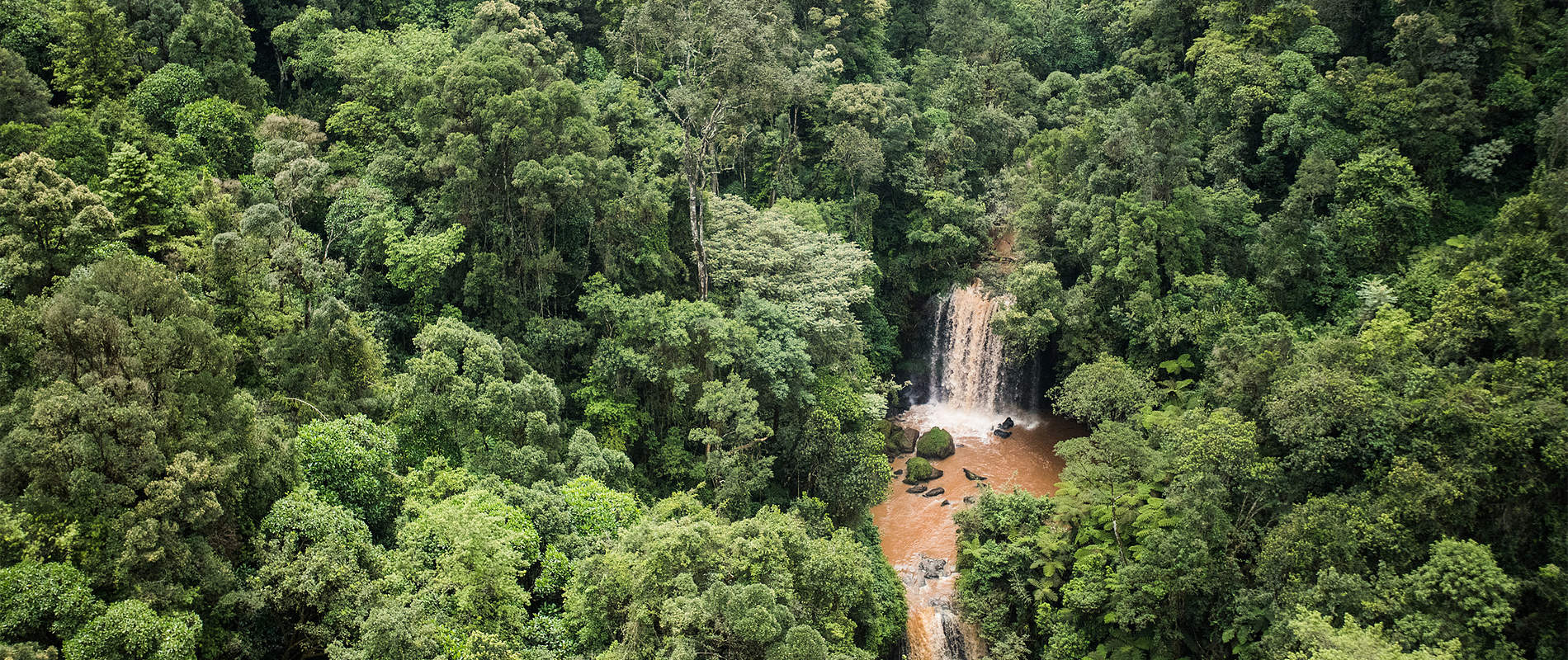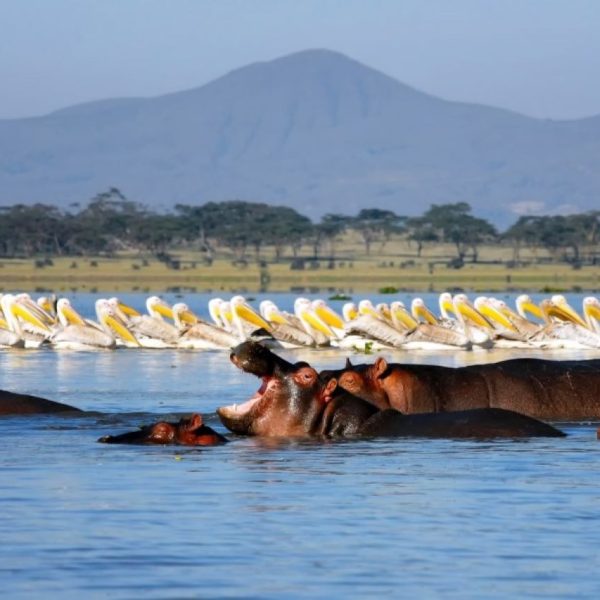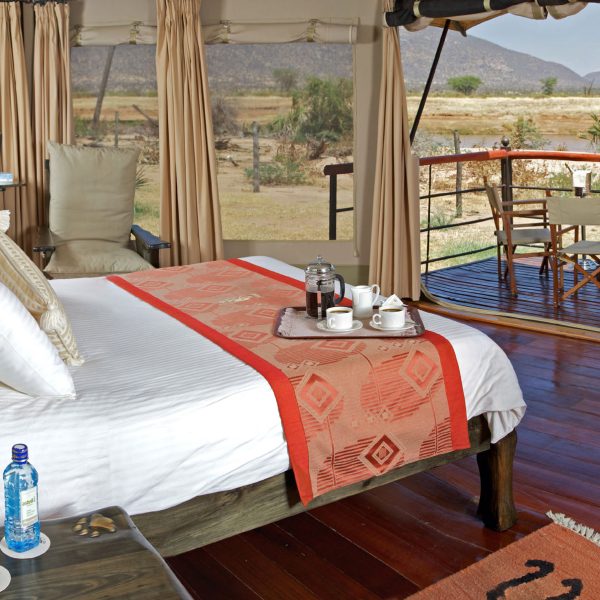Exploring Kenya’s Majestic Top 10 Dense Forests; Kenya’s diverse ecosystems make it one of Africa’s most ecologically rich destinations, and its thick forests are among the top attractions for eco-tourists, wildlife lovers, birdwatchers, and adventure seekers. From highland rainforests to coastal woodlands, these forests are not just biodiversity hotspots but also cultural heritage sites and vital water catchment areas.
Join us on a journey through Kenya’s top 10 thickest forests, where towering trees, rare wildlife, sacred sites, and thundering waterfalls promise an unforgettable escape into the wild.
-
Kakamega Forest (Western Kenya)
Nestled in Kakamega County, this is Kenya’s only remaining tropical rainforest, a rare extension of the vast Guineo-Congolian forest belt. Spanning approximately 240 square kilometers, it features thick equatorial vegetation and a rich biodiversity that includes Elgon teak, red stinkwood, and African mahogany trees. With over 360 bird species, such as the Great Blue Turaco, Blue-headed Bee-eater, black-and-white casqued hornbill and Turner’s Eremomela, it boasts the highest diversity of forest birds in Kenya. It runs north to south and is nourished by rivers like the Isiukhu and Yala, with notable waterfalls such as Isiukhu Falls. This forest is a vital water catchment and a prime location for birdwatching, hiking, and nature photography.

-
Aberdare Forest (Central Kenya)
Stretching along the Aberdare Range from northwest to southeast, this montane forest covers more than 766 square kilometers and includes thick bamboo belts and moss-laden trees like podo and rosewood. Aberdare Forest is cloaked in mist for most of the year, giving it a mystical charm. The forest is home to endemic bird species such as Jackson’s Francolin, Aberdare cisticola, and African green pigeon. Water sources such as the Chania, Gura, and Karuru rivers flow through the region, feeding spectacular waterfalls, including Karuru Falls—the highest in Kenya (Kenya’s tallest waterfall at 273 meters). Wildlife includes elephants, leopards, and giant forest hogs, making it ideal for nature safaris. It’s a paradise for trout fishing, hiking, and high-altitude nature treks.

-
Mau Forest Complex (Rift Valley)
Kenya’s largest indigenous forest, spanning over 2,700 square kilometers, the Mau Forest Complex is located west of the Rift Valley and comprises several fragmented sections. This montane and bamboo forest is a key ecological asset and serves as the source of major rivers like the Mara, Sondu, Yala, and Ewaso Ng’iro. Towering cedar, African olive, and bamboo trees dominate the landscape. Although the forest is more about ecological importance than tourism infrastructure, it offers remarkable birdlife, including the Hartlaub’s Turaco and African crowned eagle. Streams and rivulets run through its escarpments, sustaining life across the Rift Valley.

-
Mt. Kenya Forest (Central Kenya)
Encircling Kenya’s highest mountain, this forest spreads in a circular belt around Mt. Kenya and transitions from bamboo forest to alpine moorland and glaciers. Encircling Kenya’s highest peak, Mount Kenya Forest covers more than 2,000 km². Dominated by bamboo, African rosewood, and giant lobelia, this unique forest spans parts of several counties including Nyeri and Meru. Rivers such as Thiba, Sagana, and Naro Moru originate here, supporting vibrant ecosystems. Birdwatchers may encounter Tacazze sunbird and Abyssinian ground thrush among others. Nanyuki and Karura waterfalls enhance its scenic beauty. This UNESCO World Heritage site is a haven for hikers and biodiversity researchers alike.
-
Loita Forest (Narok County)
Known locally as “Entim e Naimina Enkiyio” or the “Forest of the Lost Child,”( Loita Forest spans 330 km²) this remote forest in southern Rift Valley borders Tanzania. Its dry montane vegetation includes cedar, wild olive, and croton trees. Loita is sacred to the Maasai community and often used for cultural rituals. The forest plays a critical hydrological role by feeding numerous seasonal streams and springs. While it lacks major waterfalls, its ecological richness is profound, housing bird species like the Narina Trogon and African pygmy kingfisher. Its remoteness makes it perfect for cultural tourism and conservation retreats.
-
Arabuko Sokoke Forest (Coastal Kenya)
Situated near Malindi and Watamu, this 420 square kilometer forest is the largest intact coastal dry forest in East Africa. It hosts rare and endemic tree species like Brachystegia, Afzelia, and Cynometra. Arabuko Sokoke is a birding hotspot with globally threatened birds like Clarke’s Weaver, Sokoke Scops Owl, and East Coast Akalat. The forest lies flat along a north-south orientation and is sustained by Mida Creek and groundwater aquifers. With no waterfalls due to its flat terrain, its uniqueness lies in its rich biodiversity and conservation value. A top destination for birdwatching and rare mammal spotting.
-
Karura Forest (Nairobi)
Located in the northeastern part of Nairobi, Karura Forest is a green sanctuary within Kenya’s capital city, covering 1,041 hectares. It’s a mixed forest with indigenous trees like Croton and African olive, along with some exotic species such as eucalyptus. Popular with urban residents for walking, jogging, and picnicking, it hosts over 200 bird species like Olive Thrush and Hartlaub’s Turaco. Water flows through tributaries of the Nairobi River, feeding Karura Waterfall—a popular attraction. Its urban accessibility and well-maintained trails make it ideal for weekend retreats and eco-friendly recreation.
-
Mt. Elgon Forest (Western Kenya)
Straddling the Kenya-Uganda border, this montane forest surrounds the extinct Mt. Elgon volcano and spans about 1,100 square kilometers on the Kenyan side. Rich in African juniper, olive, and podo trees, it’s a haven for wildlife like the red-tailed monkey and unique birdlife, including the Black-and-white Casqued Hornbill. The forest is watered by rivers like Suam and Kuywa and features striking waterfalls such as Chepkit Falls. It is also famous for its caves—Kitum and Chepnyalil—where elephants mine salt with their tusks.
-
Nandi Forests (Nandi Hills)
East of Kakamega Forest, the Nandi Forests are tropical highland rainforests that serve as ecological corridors for wildlife migration. They consist of Croton, Albizia, and African olive trees and are nourished by tributaries of the Yala River. Although the forest spans a smaller area(Covering over 50 km²), it offers hidden waterfalls and bird species such as the African wood owl and White-headed wood hoopoe. Their relative seclusion makes them ideal for forest walks and ecological research.
-
Shimba Hills Forest (Kwale County)
Located in Kwale county, inland from Diani Beach on Kenya’s south coast, Shimba Hills Forest is part of the Shimba Hills National Reserve and blends coastal rainforest with grasslands. It covers 250km2. Its vegetation includes African mahogany and the endemic cycad. It’s the only place in Kenya where you can see the rare sable antelope. Rivers like Mukurumudzi crisscross the area, and Sheldrick Falls offers a stunning viewpoint. Bird species include Fischer’s Turaco and Palm-nut Vulture. This forest is also the only home of the rare sable antelope in Kenya, adding to its conservation value and eco-tourism appeal.
Summary Table
| Forest | Key Bird | Dominant Trees | Orientation | Waterfalls |
| Kakamega | Turaco | Elgon teak, Mahogany | N-S | Isiukhu Falls |
| Aberdare | Francolin | Bamboo, Podo, Rosewood | NW-SE | Karuru Falls |
| Mau | Buzzard | Cedar, Olive, Bamboo | Fragmented | Streams only |
| Mt. Kenya | Sunbird | Bamboo, Lobelia | Circular | Minor falls |
| Loita | Trogon | Cedar, Olive | Southern | Springs |
| Arabuko Sokoke | Weaver | Brachystegia, Afzelia | N-S | None |
| Karura | Thrush | Croton, Olive, Eucalyptus | Urban | Karura Falls |
| Mt. Elgon | Hornbill | Juniper, Podo | Highland | Chepkit Falls |
| Nandi Hills | Hoopoe | Olive, Albizia | Highland | Hidden falls |
| Shimba Hills | Oriole | Cycad, Mahogany | Coastal | Sheldrick Falls |
Kenya’s thick forests are more than just green landscapes—they are ecological treasures that offer unmatched beauty, biodiversity, and adventure. Whether you’re looking for wildlife, cultural insights, or a peaceful retreat into nature, these forests provide the perfect destination. Add them to your bucket list for an unforgettable Kenyan eco-safari experience.
Why You Should Explore Kenya’s Forests
Kenya’s forests are not just ecological treasures—they’re cultural heritage sites and vital lifelines for rivers and wildlife. Whether you’re chasing waterfalls in the Aberdares, birdwatching in Arabuko Sokoke, hiking alpine slopes in Mount Kenya, or exploring sacred sites in Loita, each forest offers a unique adventure.
✅ Top Birdwatching Sites: Kakamega, Arabuko Sokoke
✅ Chasing Waterfalls: Aberdare, Shimba Hills
✅ Primate Tracking: Mount Elgon, Kakamega
✅ Cultural Immersion: Loita Forest
✅ Urban Nature Walks: Karura Forest
Plan your next forest adventure today and uncover Kenya’s wildest, greenest secrets—where nature, culture, and conservation come together in harmony. Book safari with us at Priority Wild Safaris for this unforgettable wild experiences



